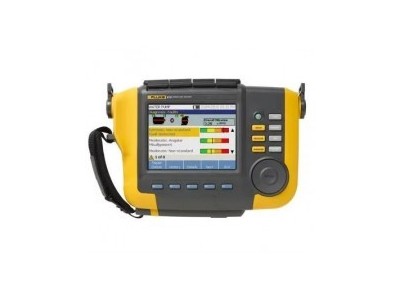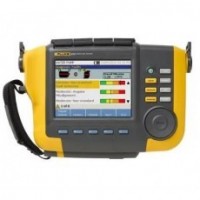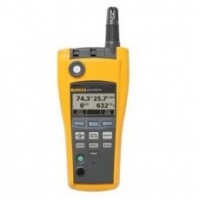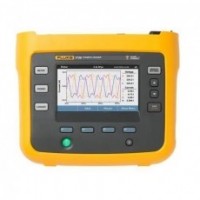Main characteristics
Identify and locate common mechanical faults (bearing, loss of center, unbalance, loose) on board, so that maintenance work can focus on the root cause of failure and reduce unplanned downtime
With the overall vibration and so on, you can quickly assess the overall machine health directly from the diagnostic screen
The severity scale has four severity levels to help you determine the optimal order for maintenance
Advise the technician on correct maintenance action
Detailed diagnostic reports and spectrographs help confirm data quality and narrow down the source of failures
On-board correlation sensitivity helps provide real-time tips and guidance to new users
Machine speed configuration is flexible and enables testing of a wide range of assets, including belt drives, gearboxes and bevel gears
The 2 GB expandable on-board storage provides enough space to store the machine's data
Self-check function ensures good performance and longer working time
The laser tachometer can accurately measure the speed of the machine, so as to improve the accuracy of diagnosis
The measurement time of the triaxial accelerometer is 2/3 less than that of the uniaxial accelerometer
Viewer PC software expands data storage and tracking capacity
Using Fluke 810 vibrometer can:
Diagnose faulty devices and understand the root cause of the failure
Check equipment before and after scheduled maintenance, and confirm repair effect
Debug new equipment and ensure proper installation
Provide quantifiable evidence of equipment condition and drive investment in repair or replacement
Establish optimal sequencing and schedule maintenance activities to work more efficiently
Predict equipment failure before it occurs and control spare parts inventory
Train new or less experienced technicians and build trust and skills in the team












